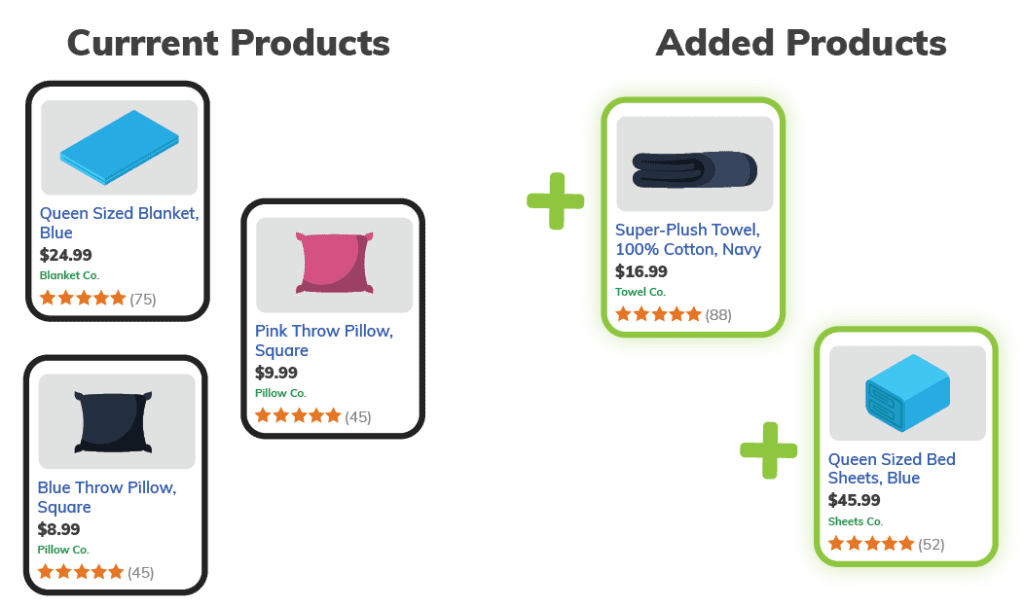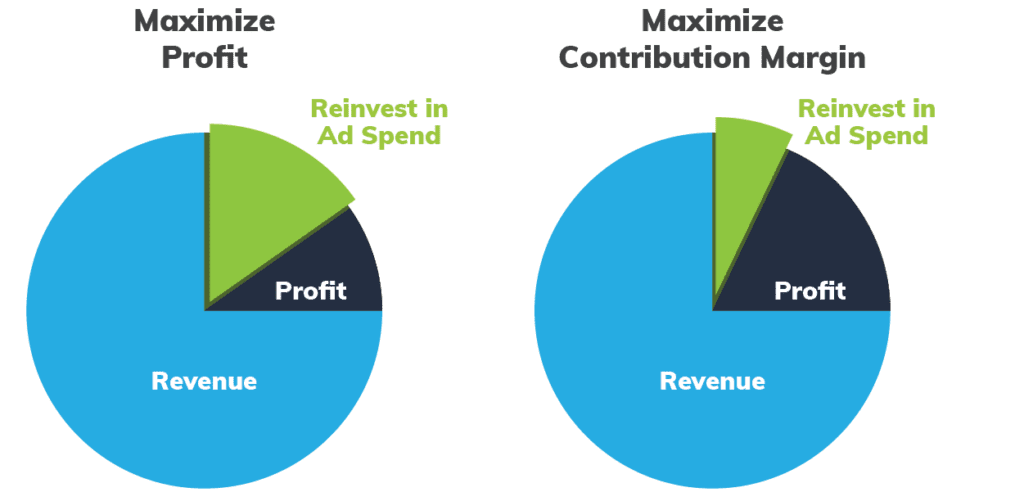Supply chain shortages are a real problem in the wake of COVID-19.
Retailers, ecommerce and more have seen supply chain disruptions.
Amazon has stopped accepting shipments of “non-essential” products.
Production has slowed and halted in countries that export to the US.
All of these pieces of the puzzle have led to significant supply chain changes for many businesses. Your business has likely been impacted too. Here are a few tips to make sure your business can adapt in the face of this global adversity — and work around supply chain shortages.

1. Realign Your Google Shopping Strategy

Shift spend away from items with low stock. Focus on advertising items that continue to sell and have enough stock to do so.
Reallocate Spend
One of the most effective ways to limit the impact of supply chain changes on your ads is to reallocate spend to more accessible product segments.
Limiting spend on items with minimal stock means you don’t risk paying for clicks on items that will soon be sold out. This will allow you to focus on advertising items that can continue to drive sales for your business even in the face of supply chain problems.
Note: we rarely recommend shutting off ad spend to campaigns entirely. It’s possible to remain profitable with very limited spend, and as long as profit is driven, the spend is justified.

If it makes sense, add a new product line that coincides with your current offerings. For example, if you sell blankets and pillows, you could add towels and sheets.
Add a New Product Line
If you have the means, consider adding a new product line to grow your product catalog. These products should match your current offerings. For example, if you sell throw blankets and pillows — you might add towels or other linens to your offerings. By expanding your catalog, you can close the revenue gap caused by supply chain shortages. These can also be a good place to reallocate the spend from product segments squeezed by supply problems.

2. Adopt Margin-Based Marketing

Normally, we suggest reinvesting a significant portion of your profit into ad spend — to maximize profit. Now, it’s more important to preserve that profit, to have extra cash flow for these uncertain times. To do that, we recommend maximizing contribution margin, and reinvesting less in ad spend.
While we typically aim to maximize profit, during times of instability we readjust accounts to maximize contribution margin. This is a more conservative strategy with less investment in advertising. Note that we said “less investment” not “no investment”. Check out our blog on why you should continue to spend on advertising even in times of crisis.
When you optimize for contribution margin, you will still drive profit — although it may be at a lower rate. Essentially, you’re improving the efficiency of your campaigns — so a higher percentage of revenue driven is preserved as profit.
The selling point of this strategy is that it reduces ad spend while continuing to bring in money that can be used as a cushion if sales drop lower. This continued cash-flow can be crucial if more items become unavailable or if you have to close your business temporarily.

3. Consider Your Suppliers

Have you considered switching to domestic suppliers?
If your supply chain has taken a drastic hit — it might be time to look for domestic suppliers. Obviously, not all retailers will need to take this route (or be able to choose this option). Do a risk assessment of your supply chain. While no one knows how long this crisis could last, you know how long your business can hold out without access to overseas suppliers. If it is pertinent to your business’ survival, then you may have to make a big change — such as switching suppliers.
If you do decide to go down this route, keep in mind that domestic suppliers are most likely in short supply — as other companies are also looking to make the switch. For more on that — check out our blog on the overall impact of COVID-19 on ecommerce.

Final Thoughts
COVID-19 is having a dramatic impact on a wide range of industries, and ecommerce is no exception. In the coming weeks, it’s going to be crucial to adapt to a changing and often adverse business environment. Mitigating supply chain issues is one piece of that puzzle. If you need help navigating this crisis — don’t hesitate to reach out.






